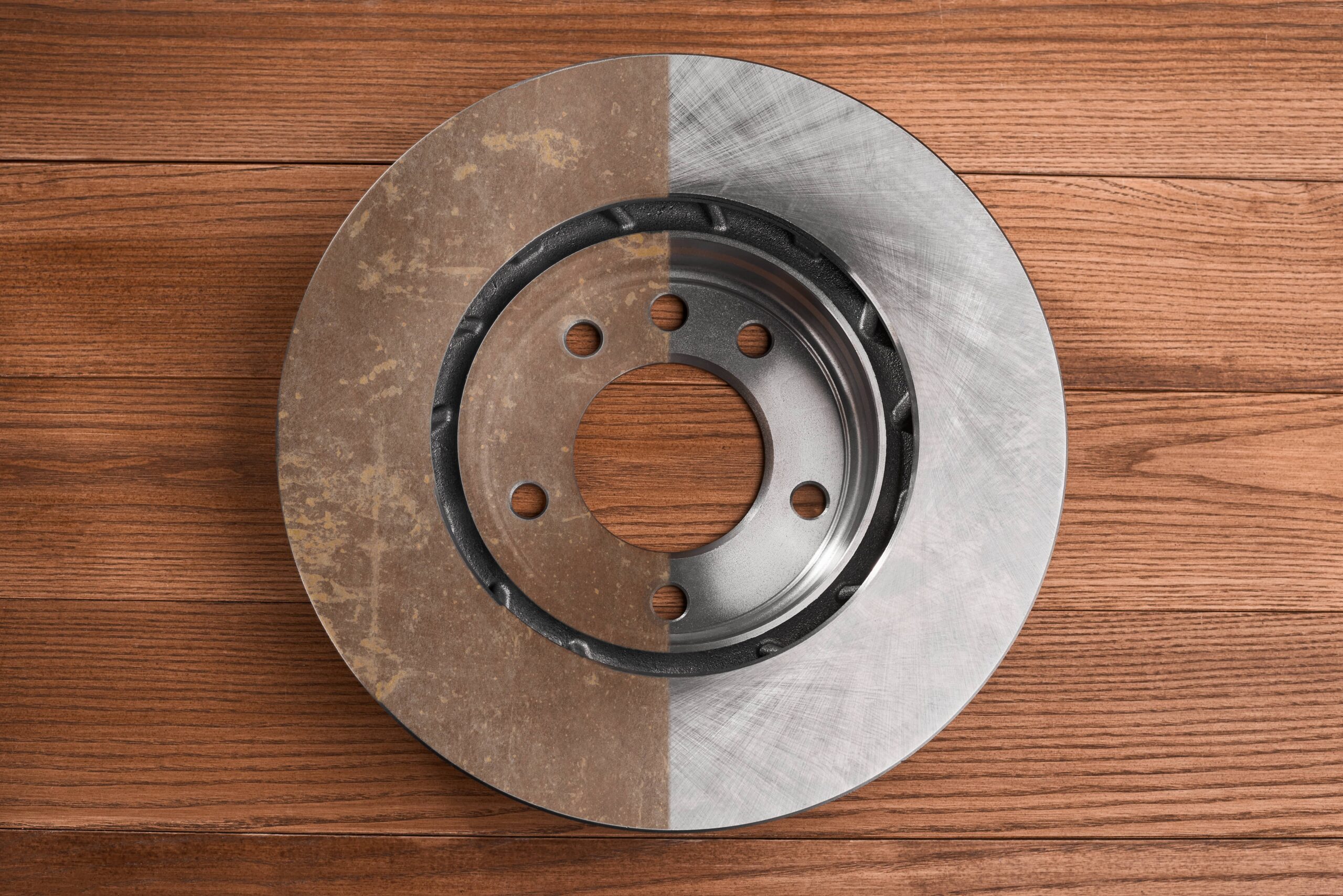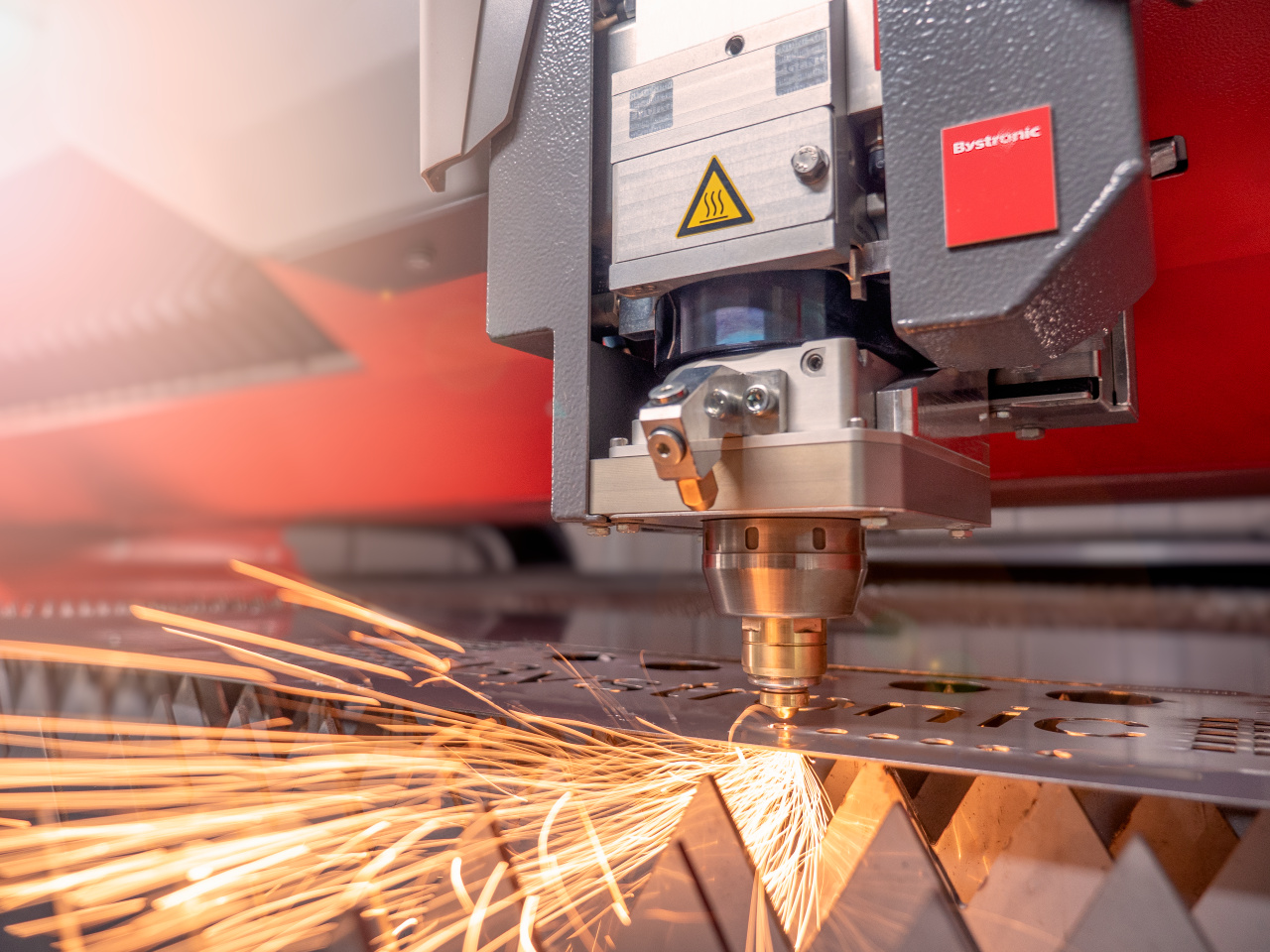Antimicrobial Copper: Metal Of The Future?
Copper has been proven an extremely effective metal in helping prevent the spread of bacteria, viruses and fungi. Installing antimicrobial metals – copper and its alloys – for surfaces that receive high volumes of traffic or are frequently touched is a simple but effective measure that, while slightly higher in cost, could dramatically reduce infection rates.
As the world continues to feel the impact of COVID-19, we consider copper’s place in the healthcare setting, highlight its importance in the fight against infections and discuss whether public facilities may look very different in the not-too-distant future in our bid to combat the spread of germs.
Copper Kills Germs
An antimicrobial is an agent that actively destroys microorganisms and prevents their growth. Antimicrobials act against all types of microorganisms, including bacteria, viruses and fungi, such as mould and mildew. Copper has been found to have such properties and can destroy germs and eliminate bacteria and viruses. It kills microorganisms on contact and interferes with its processes so it’s extremely effective in combating infection spread.
Antimicrobial copper is the term given to copper and its alloys (like bronze and brass). Copper’s antibacterial, antiviral and antifungal properties have been drawn on since ancient times, when filings from bronze swords placed in wounds were thought to reduce chance of infection and speed up the healing process. But we are still learning about the undisputed benefits of copper.
Many establishments around the world have already taken advantage of copper’s great abilities and replaced frequently touched surfaces as an infection-control measure. But what does this mean at a time when the world is fighting against the catastrophic effects of the coronavirus pandemic?
In the US, new research published in the New England Journal of Medicine stated that SARS-CoV-2, the virus responsible for coronavirus, was infectious in aerosols for up to three hours, up to 24 hours in cardboard and up to two to three days on plastic and stainless steel. However, it found the virus could only survive on copper’s surface for up to four hours. The research begs the question of whether in years to come in the almighty push to prepare ourselves for and fight against another pandemic, we’ll see more copper touch surfaces installed, particularly in a healthcare setting.
Antimicrobial Copper vs Traditional Materials
The healthcare environment has long relied on antimicrobial silver to combat the spread of infection – and alongside this, good hand hygiene, cleaning and disinfection play a huge role in the prevention of healthcare-associated infections (HCAIs). But stainless steel does have some minor pitfalls. It can fall victim to microscopic scratches and wear and tear, leaving surfaces vulnerable to reservoirs of infection, where viruses reside and evade cleaning procedures. Copper, on the other hand, is inherently antimicrobial – it works around the clock to quickly kill pathogens that settle on its surface.
Clinical trials have taken place across the globe (including at Birmingham’s Selly Oak Hospital) and have found that antimicrobial copper surfaces hold 80% fewer pathogens than non-copper alternatives.
Weighing Up the Costs of Change
The world is likely to find itself fighting against COVID-19 for months, if not years, and if we’re to seriously reduce any likelihood of future pandemics, perhaps we should be looking to more copper-based surfaces in healthcare settings at the very least. Door handles, sinks and taps, bed rails, for example, made from antimicrobial copper will be effective in drastically reducing infection rates in hospitals and protecting public health. While copper is a more costly material, its germ-fighting qualities could prove invaluable and lessons learned in the current climate may mean for key decision makers, cost simply no longer comes into the equation.
With research ongoing and as we begin to better understand the antimicrobial properties of copper, the fight continues against microorganisms that threaten public health.
If you’d like to discuss the use of copper in the fight against COVID-19 or other aspects of sheet metal manufacturing, get in touch and we’d be happy to help.


